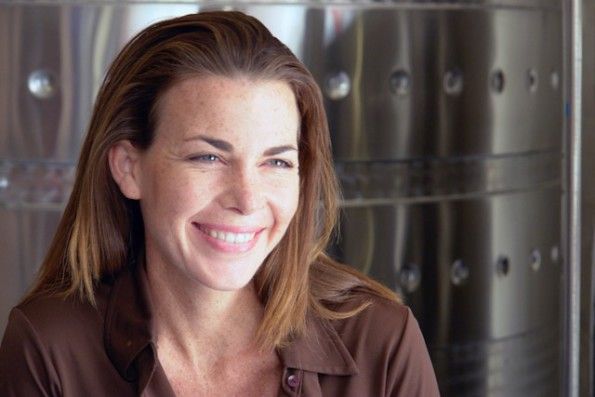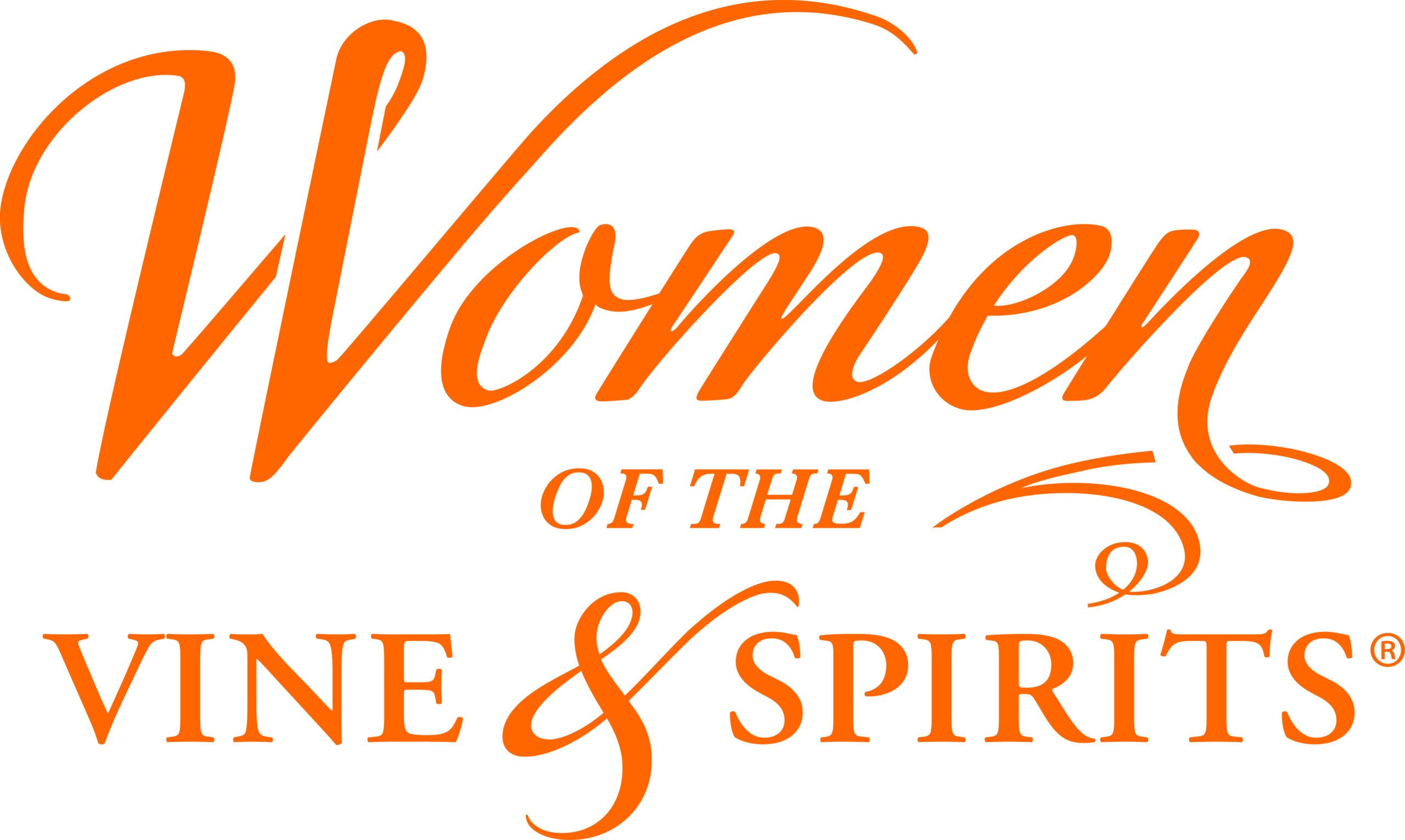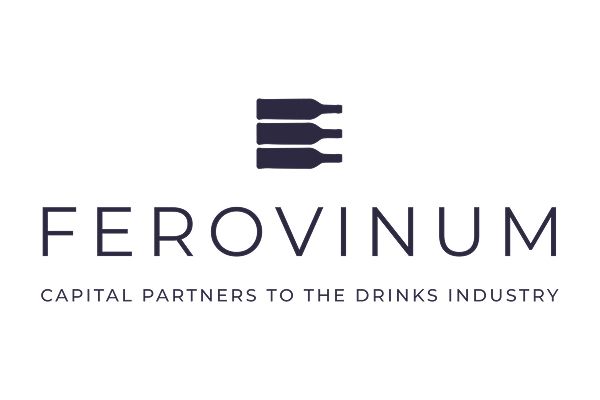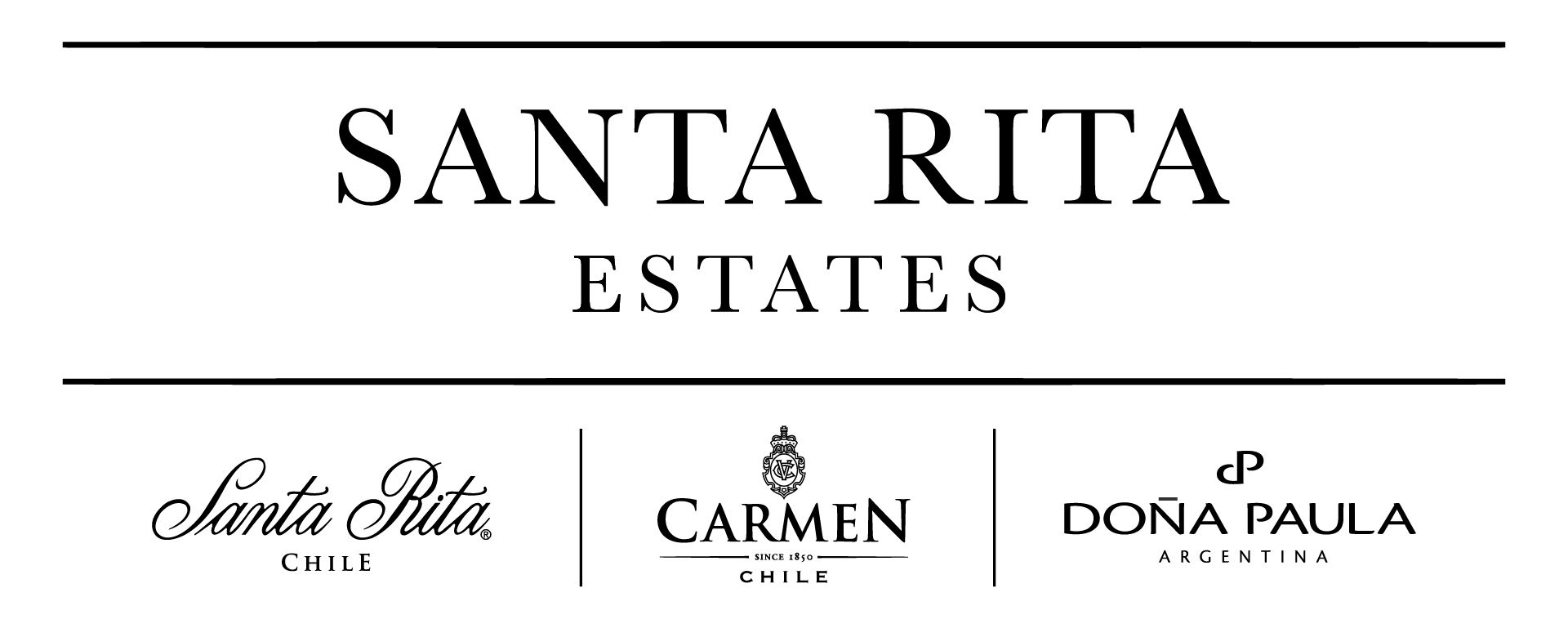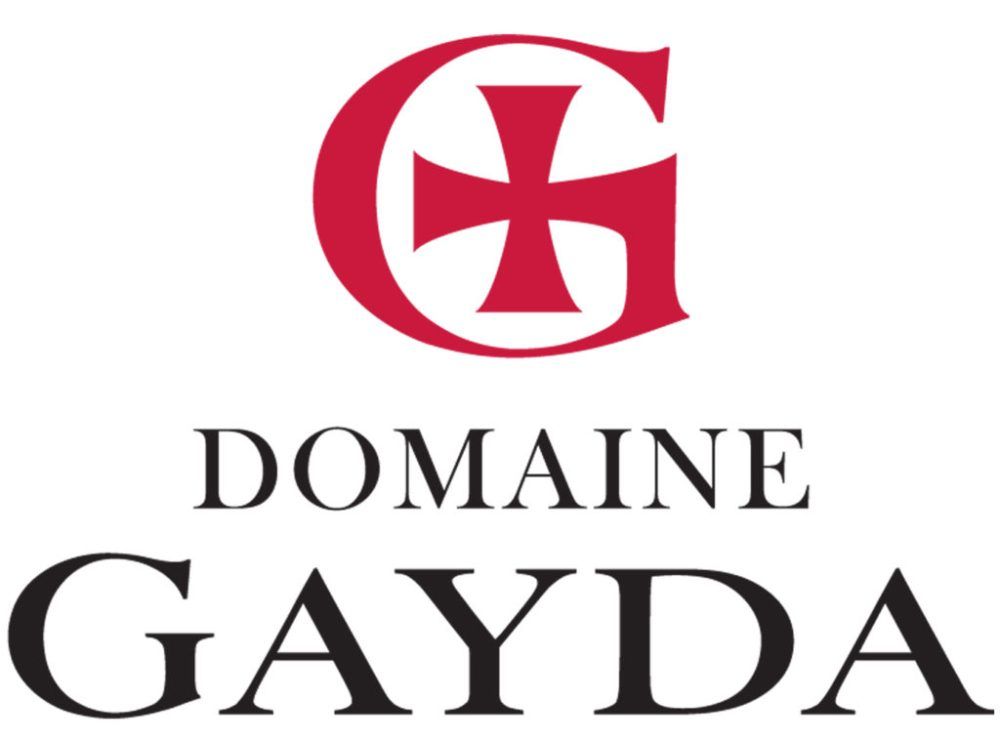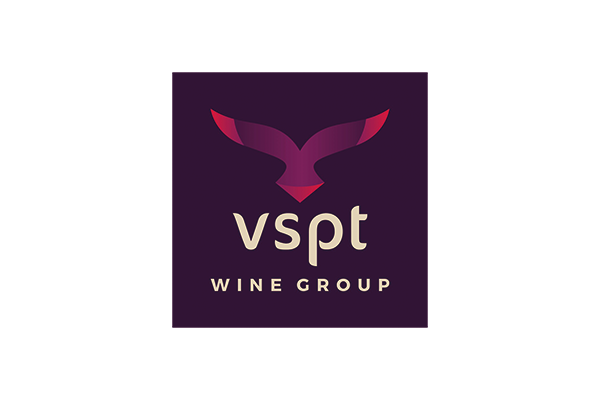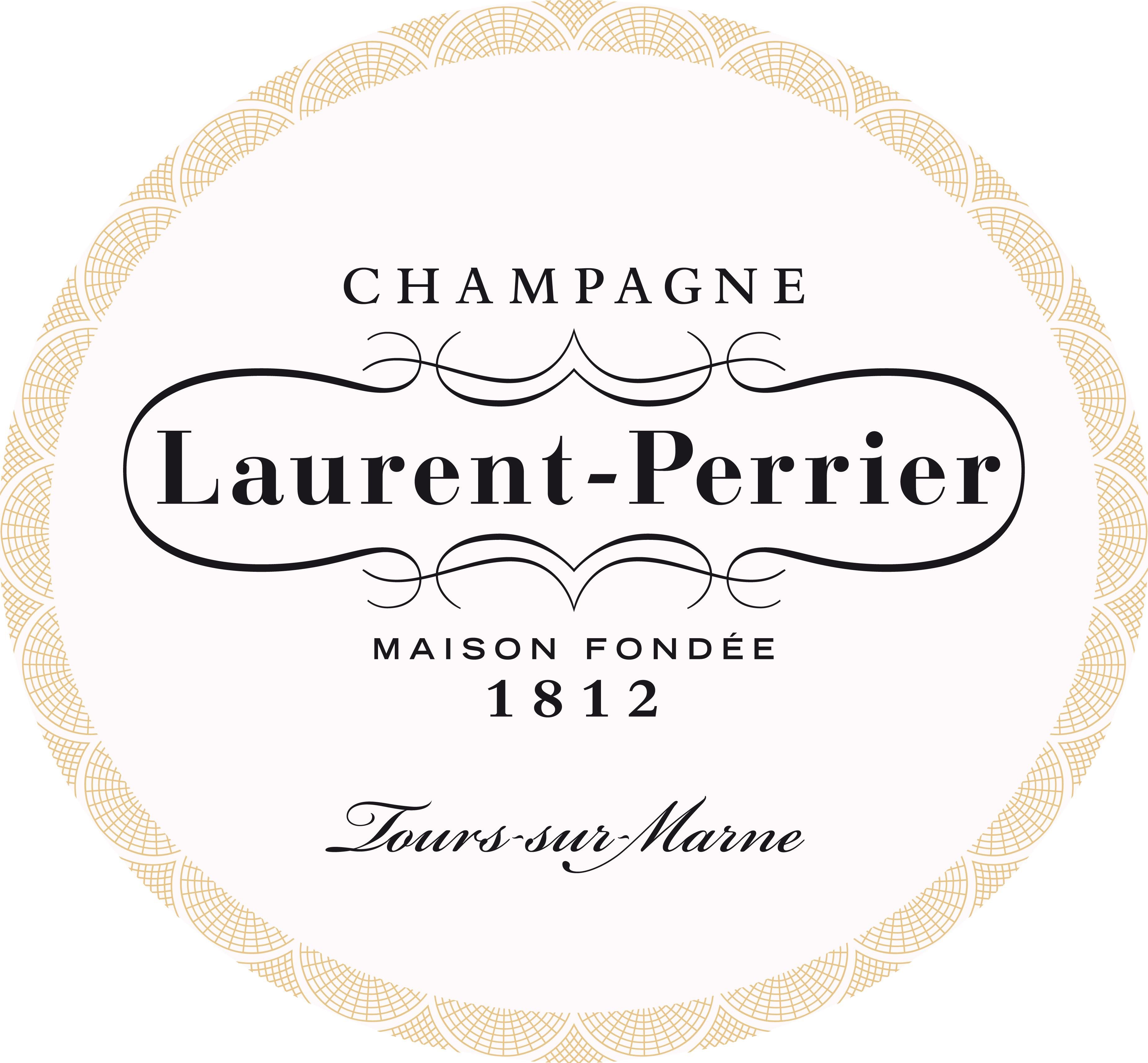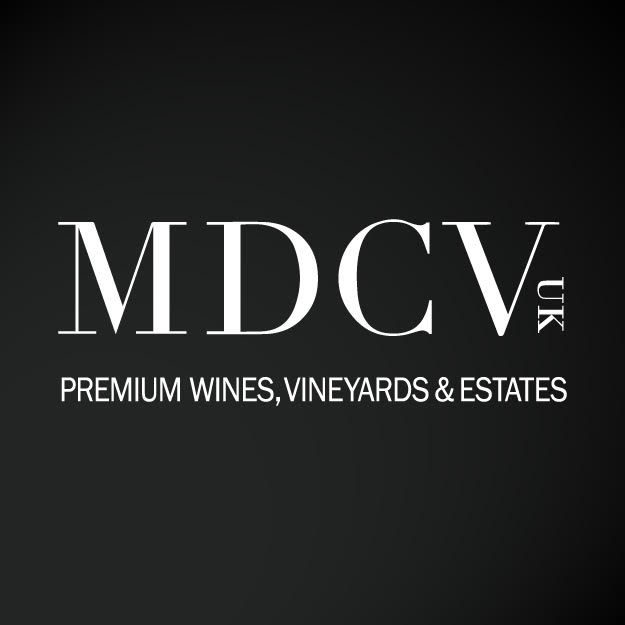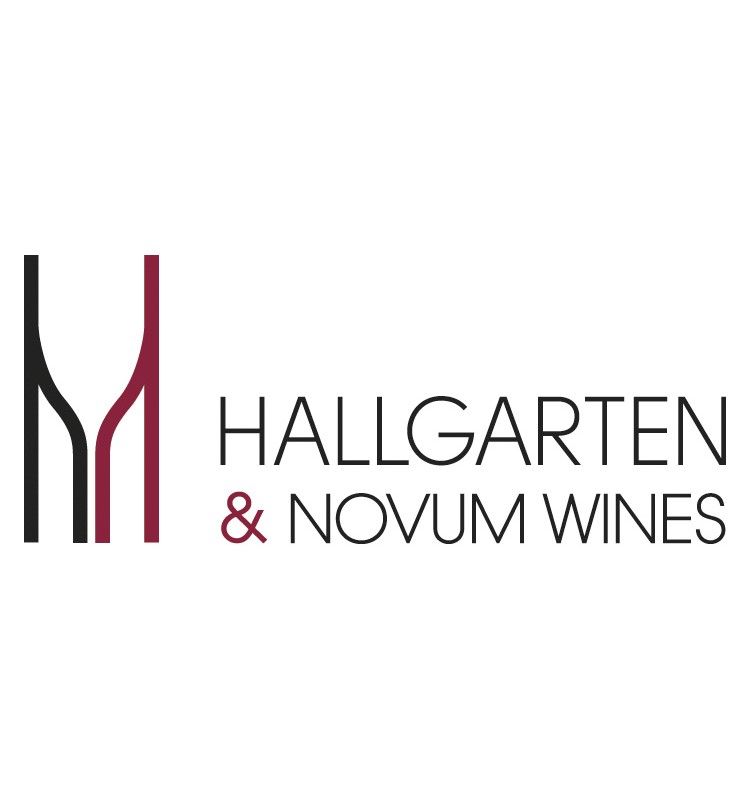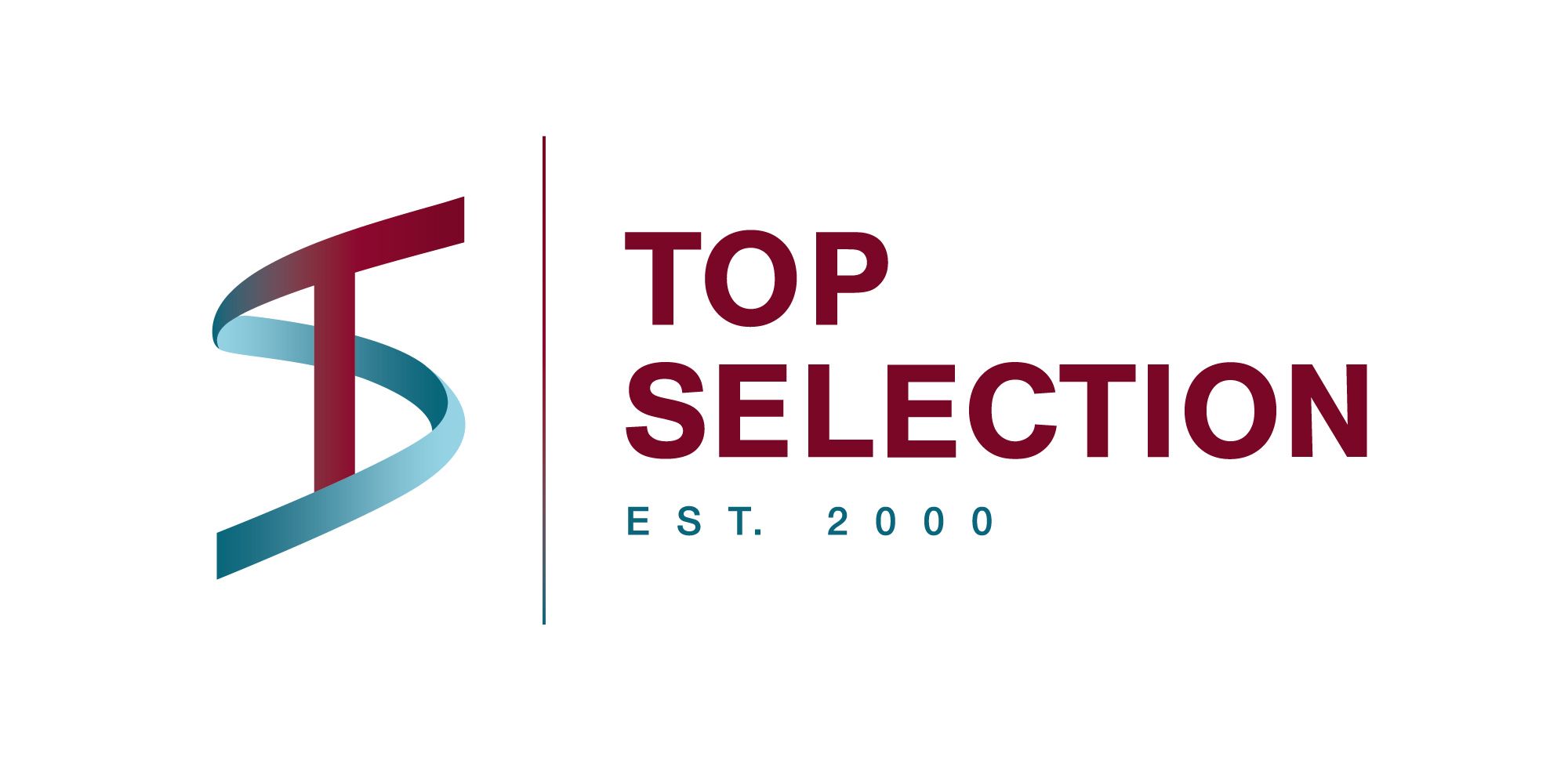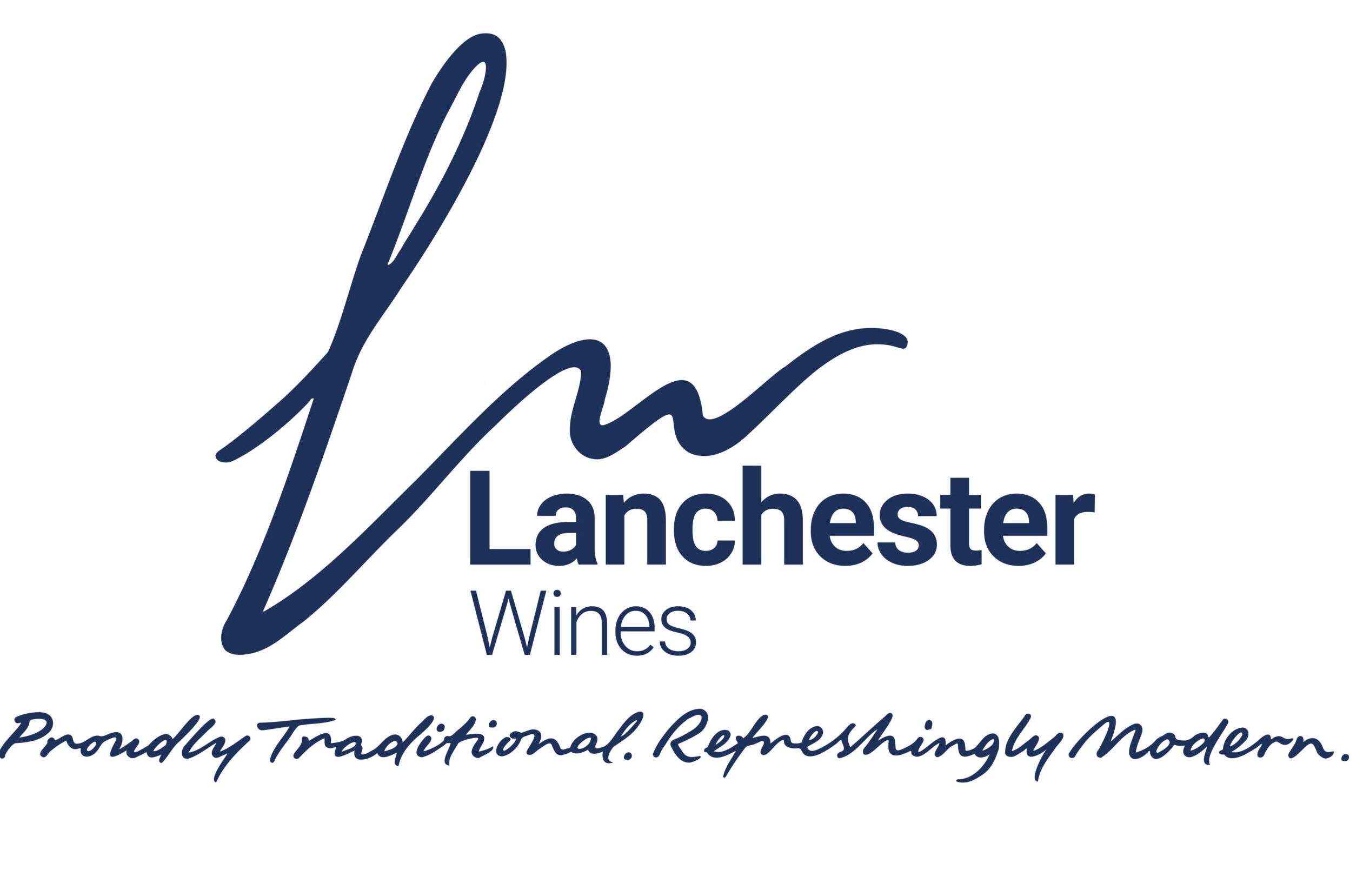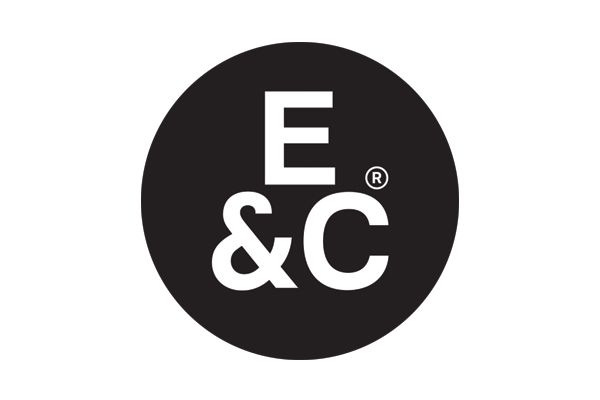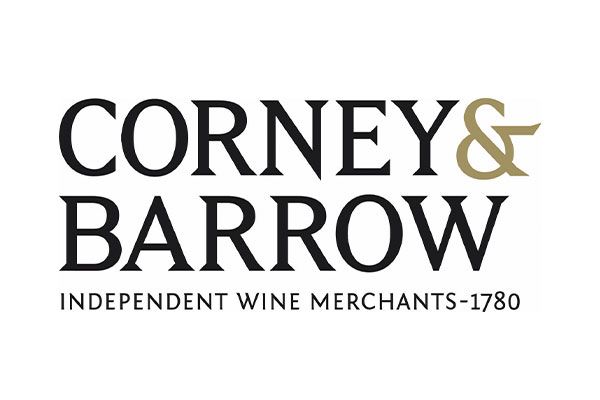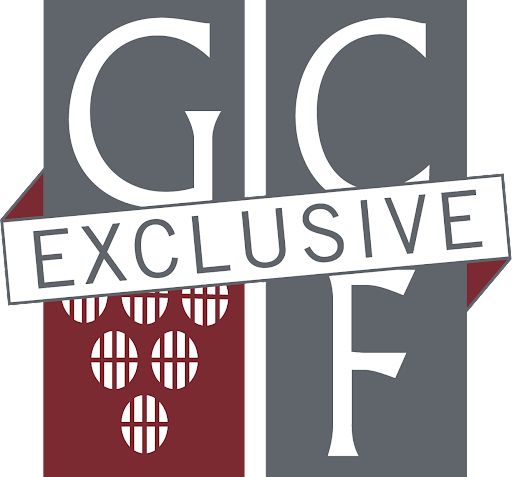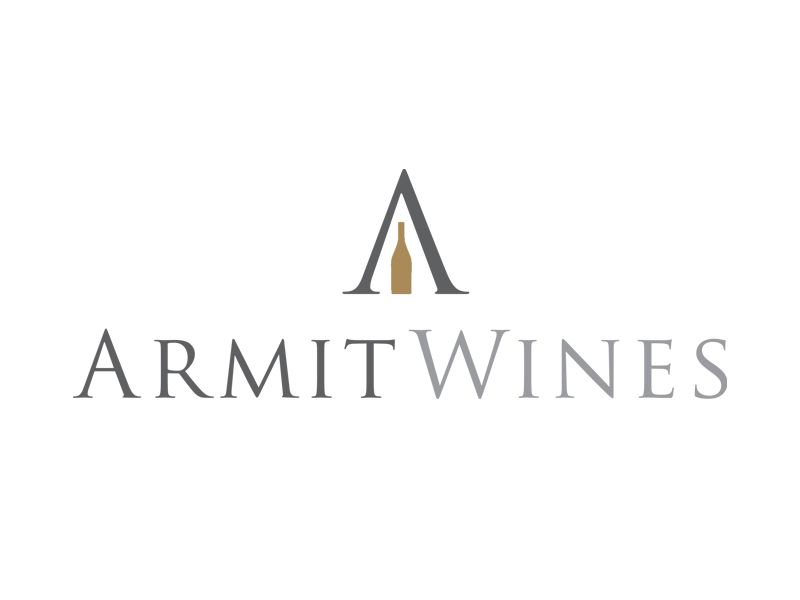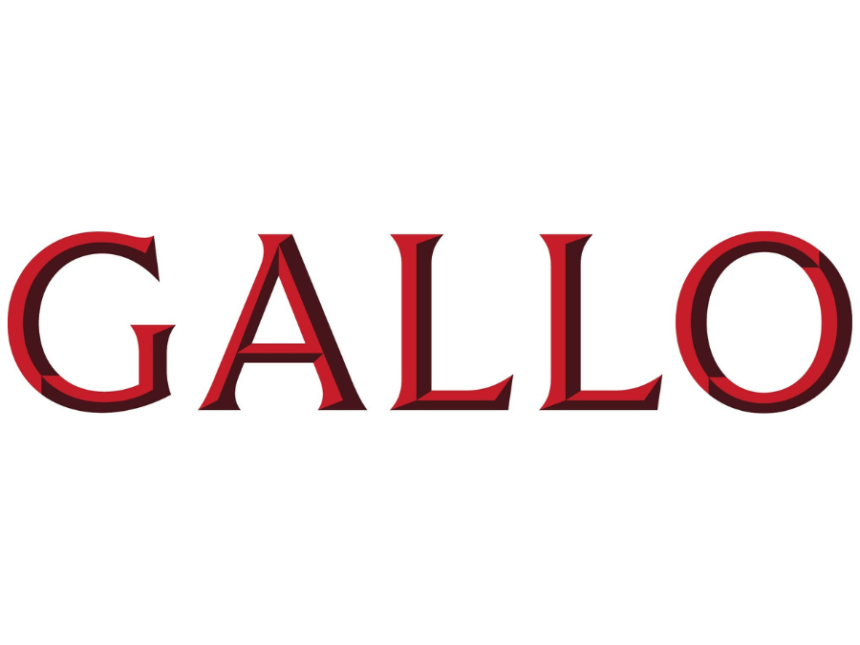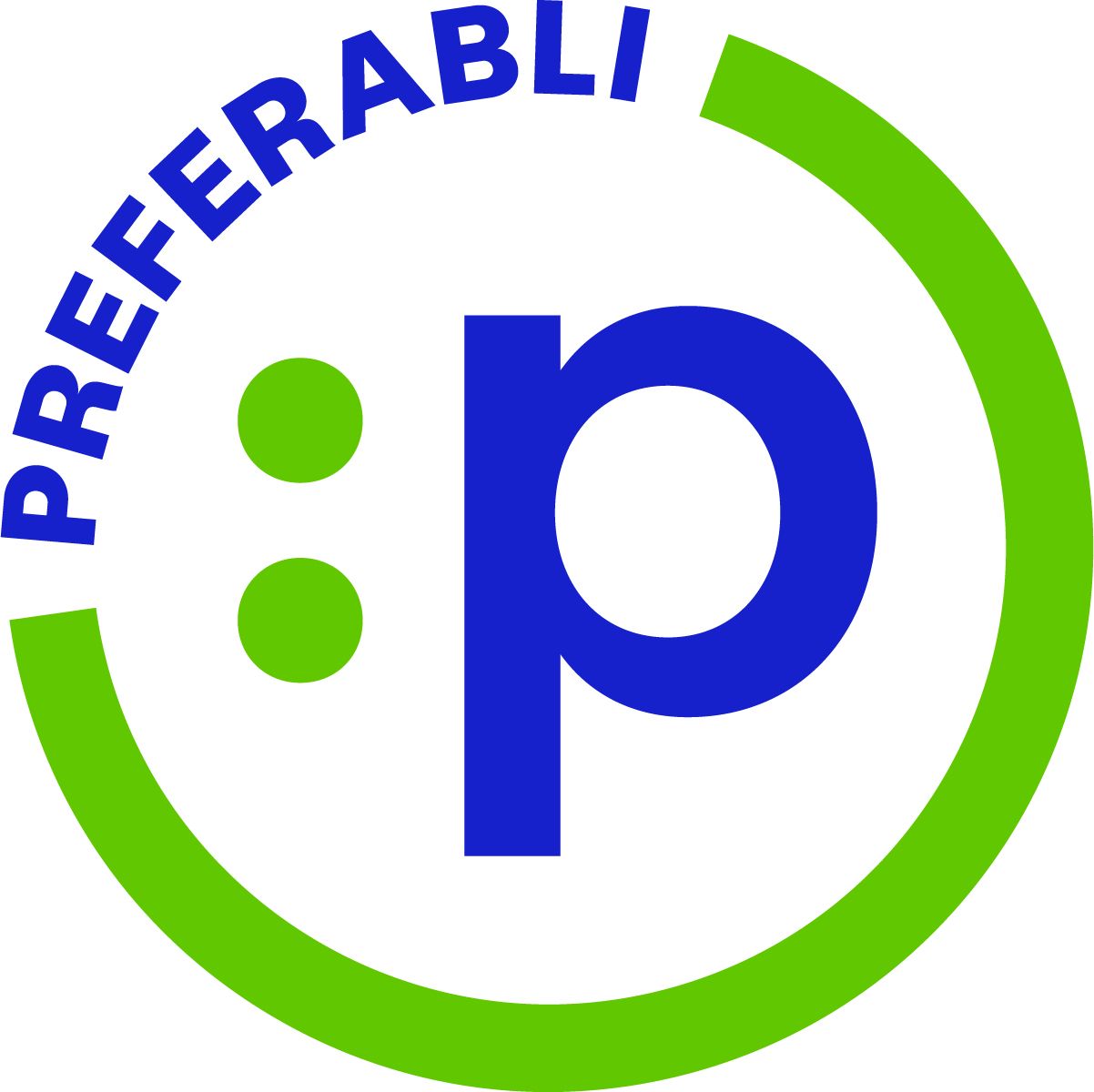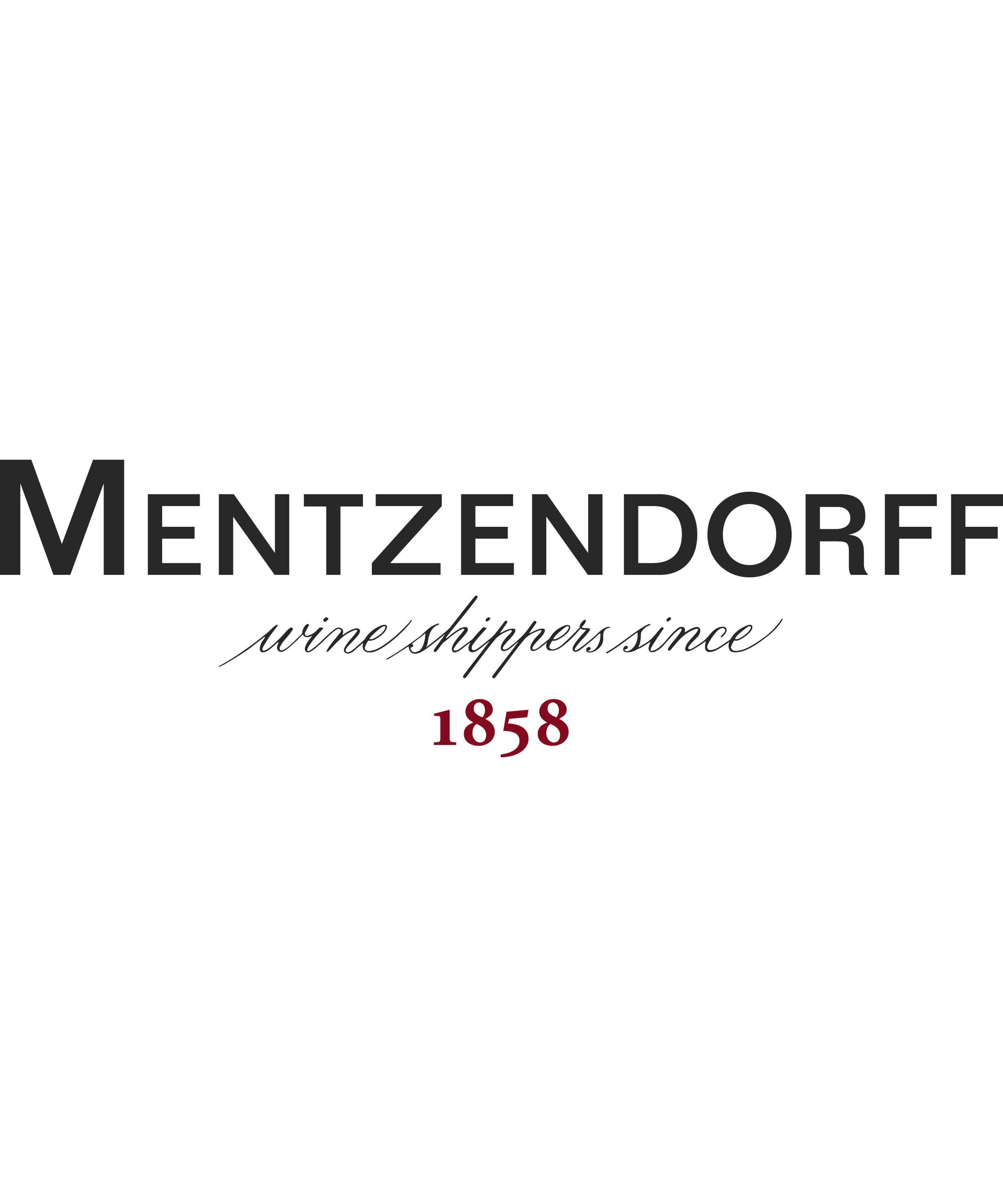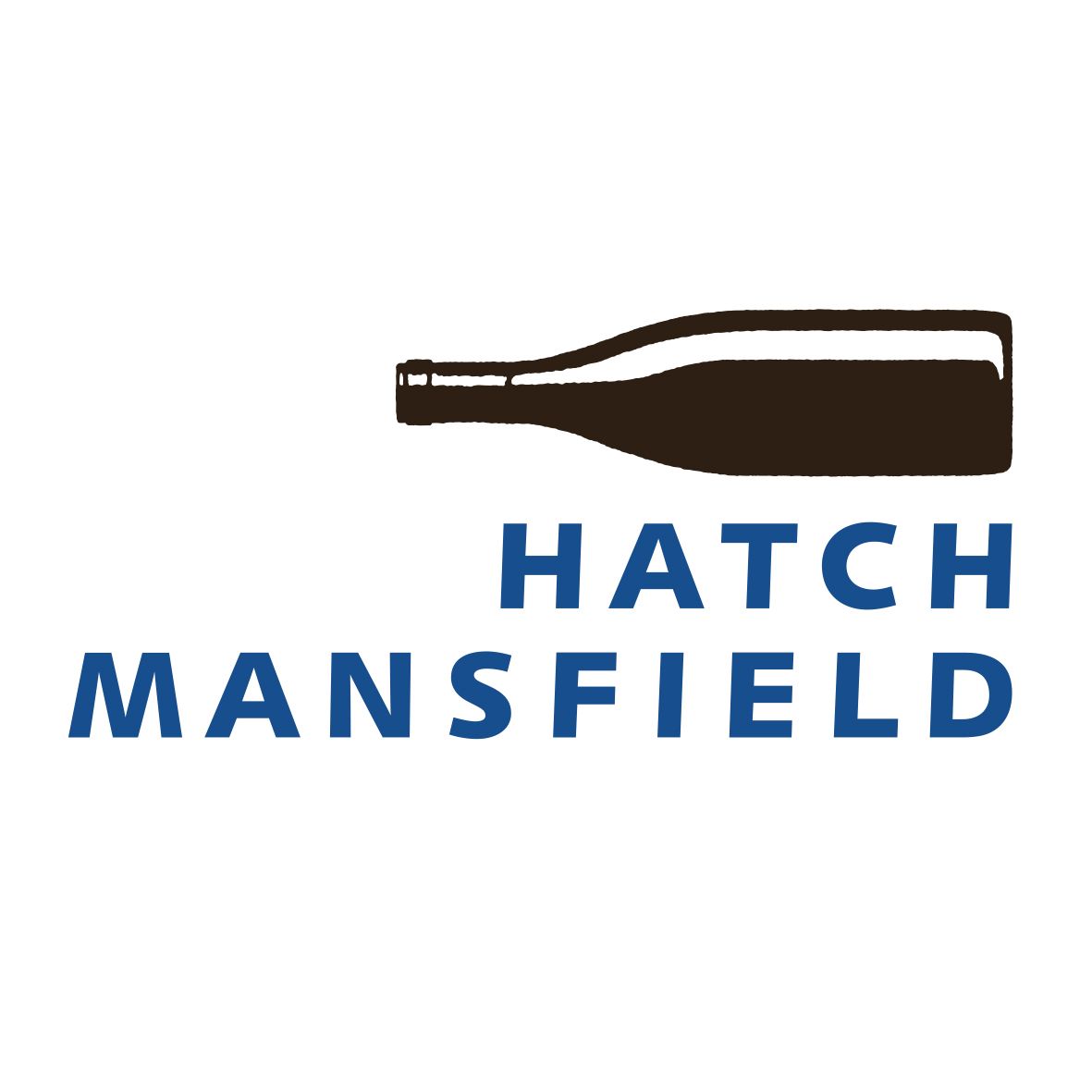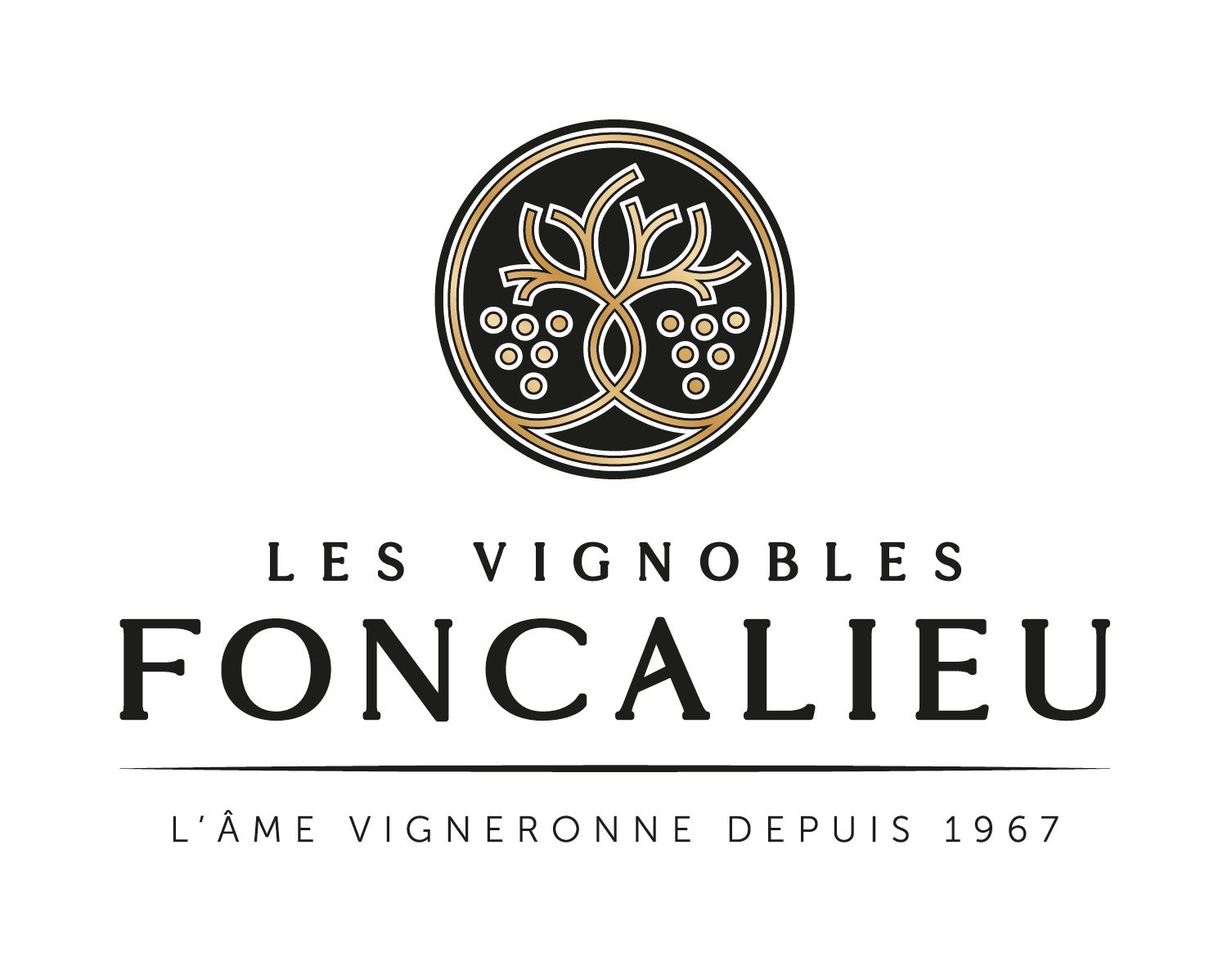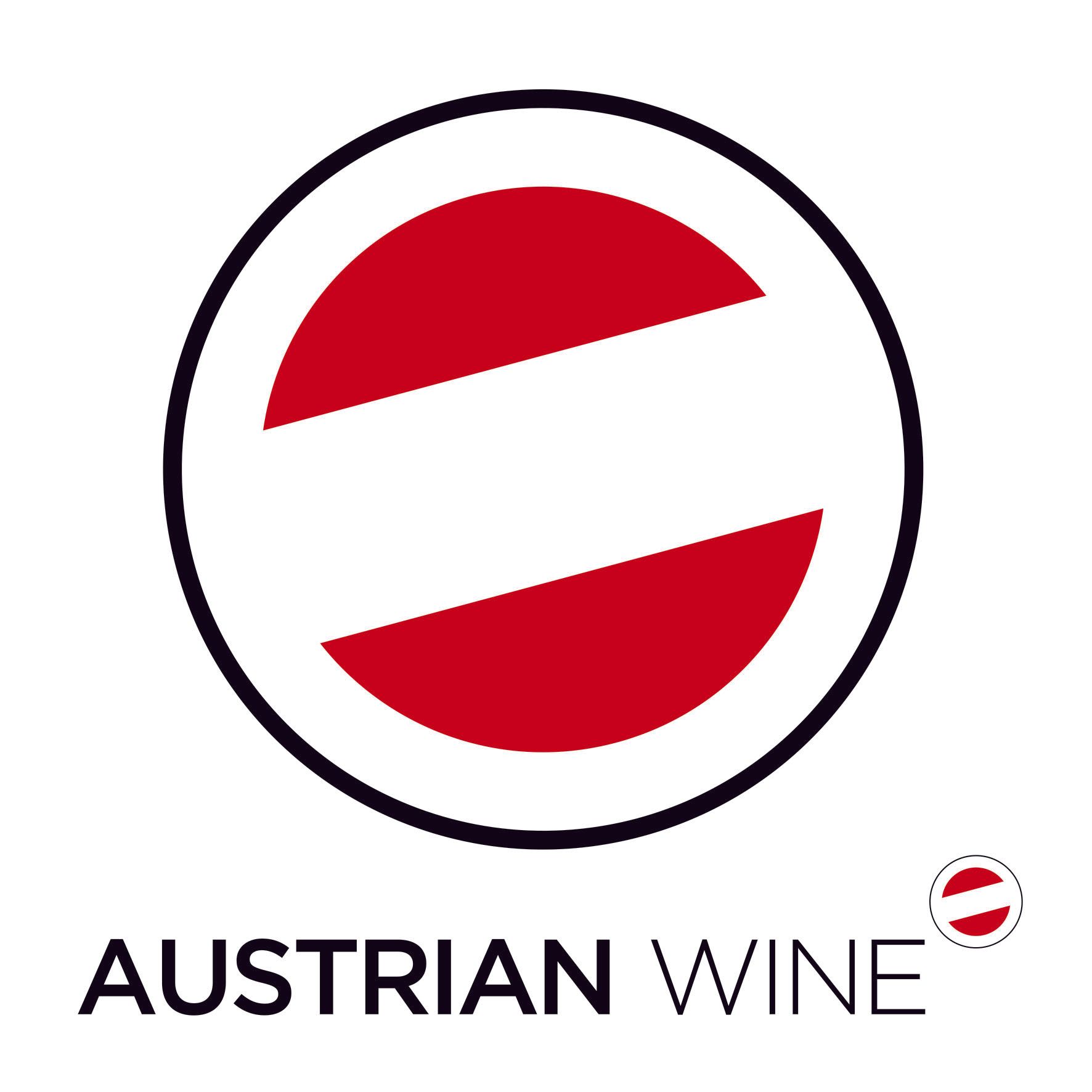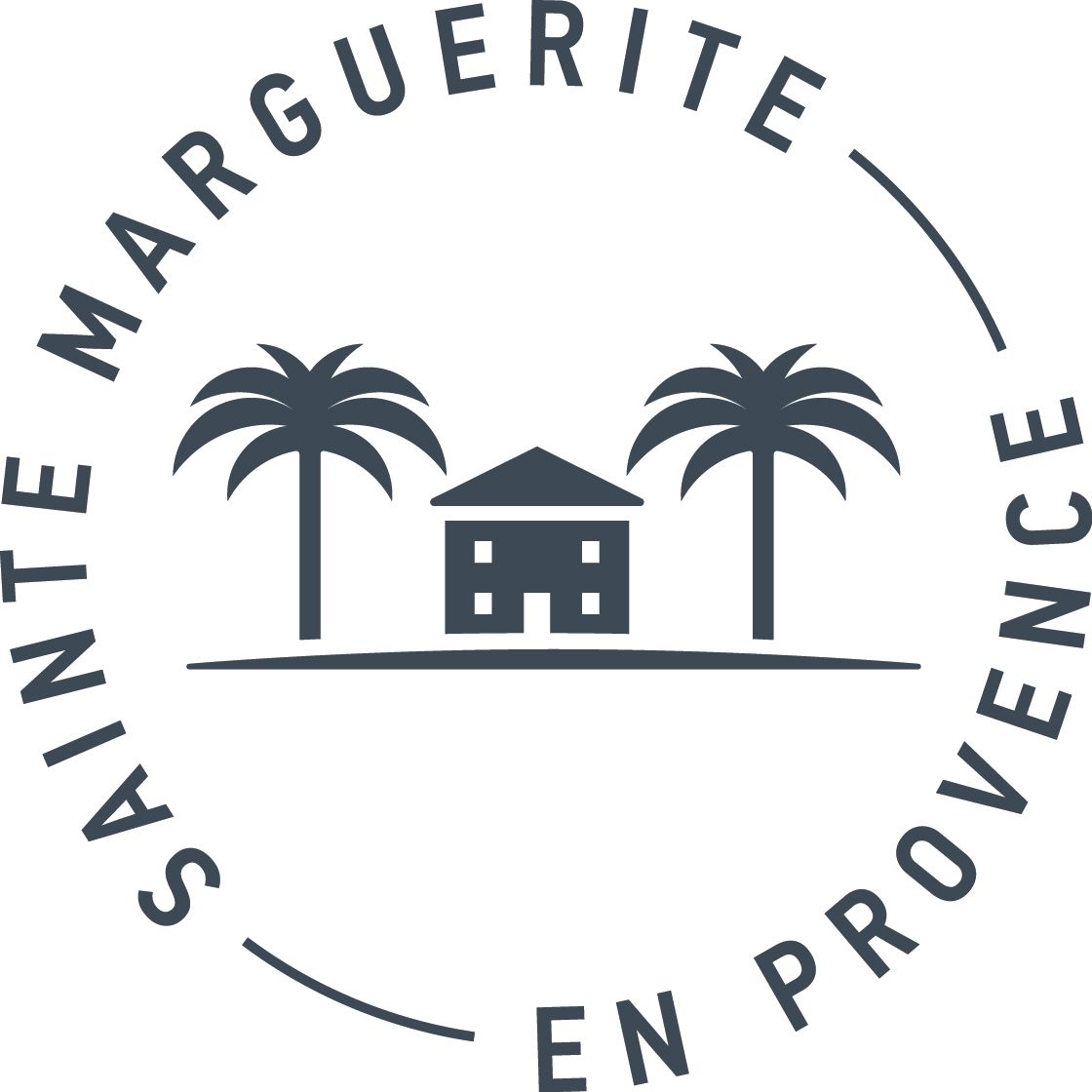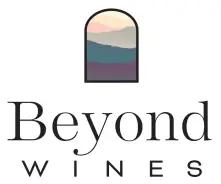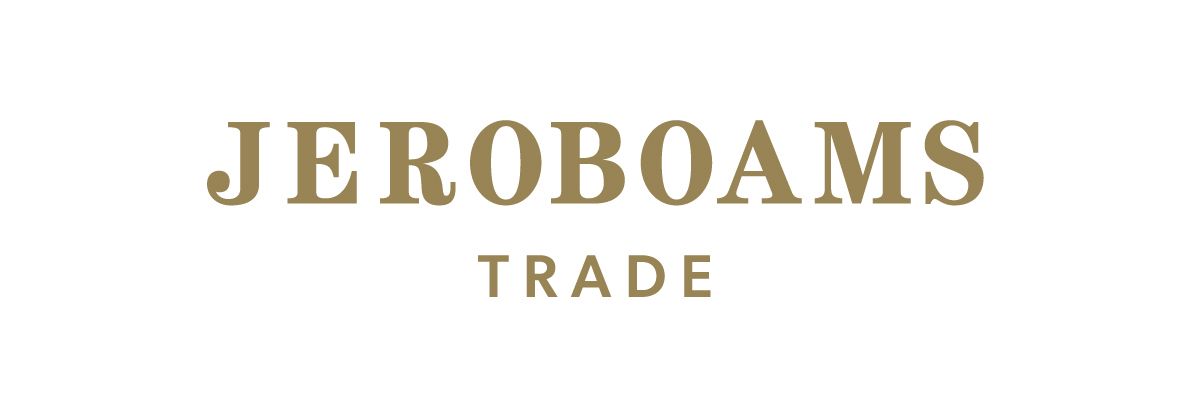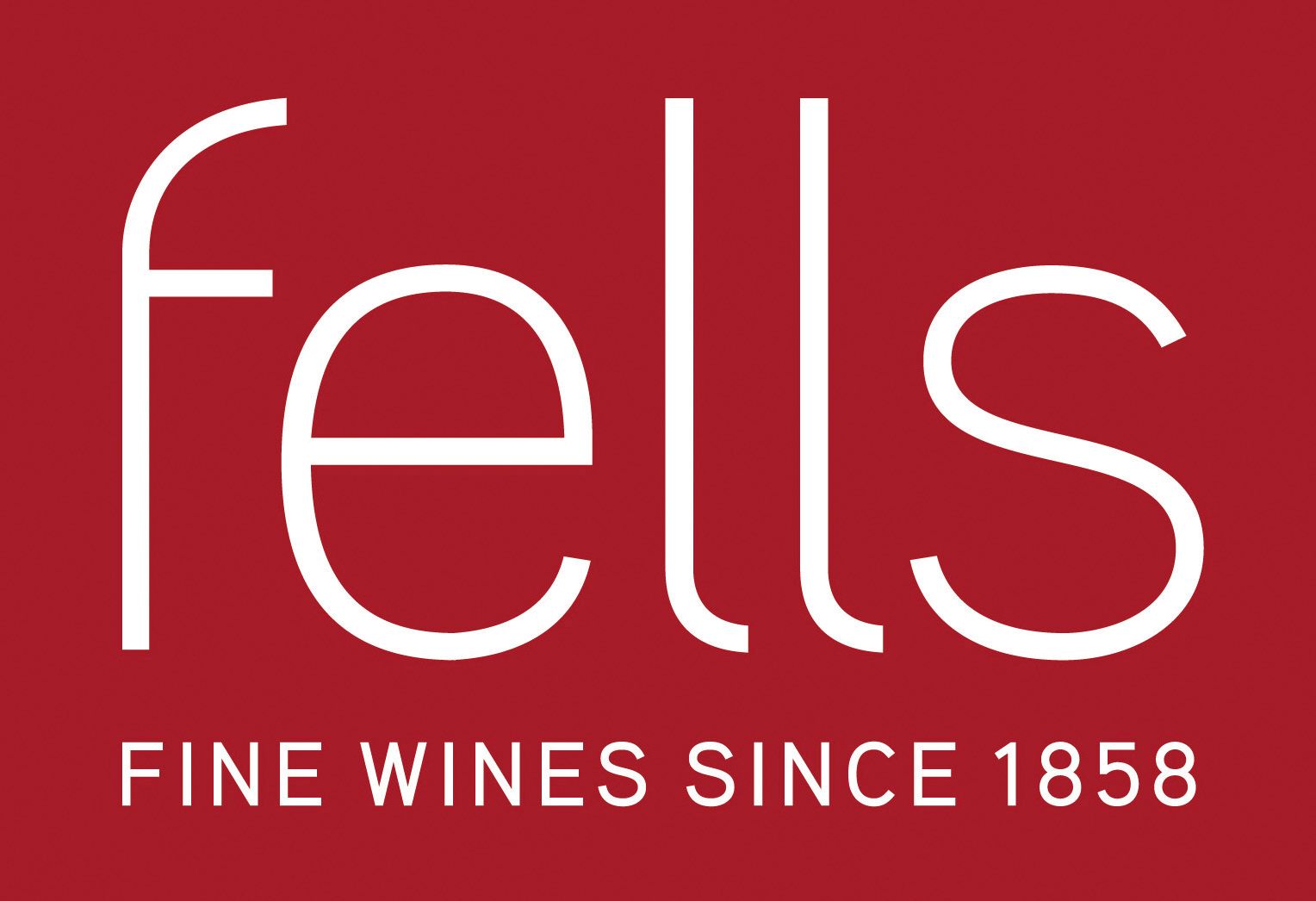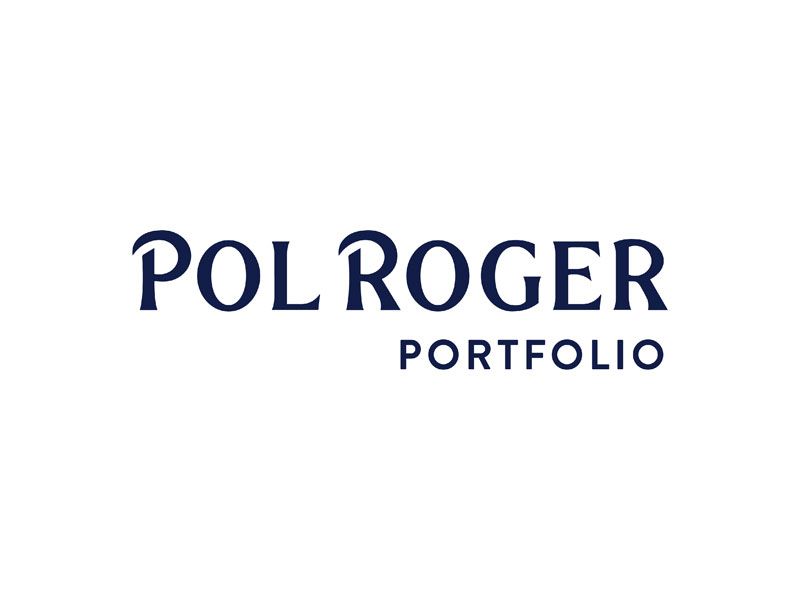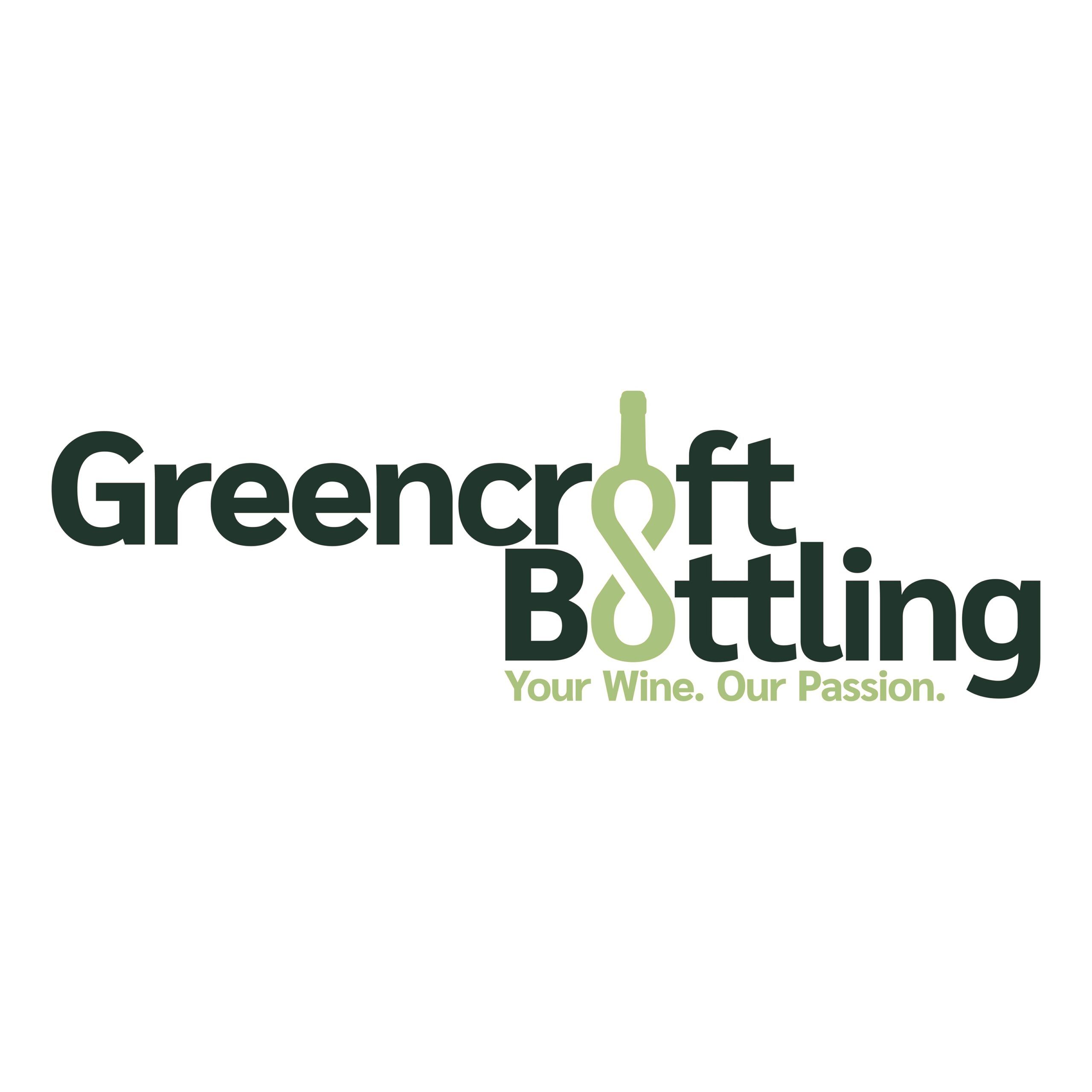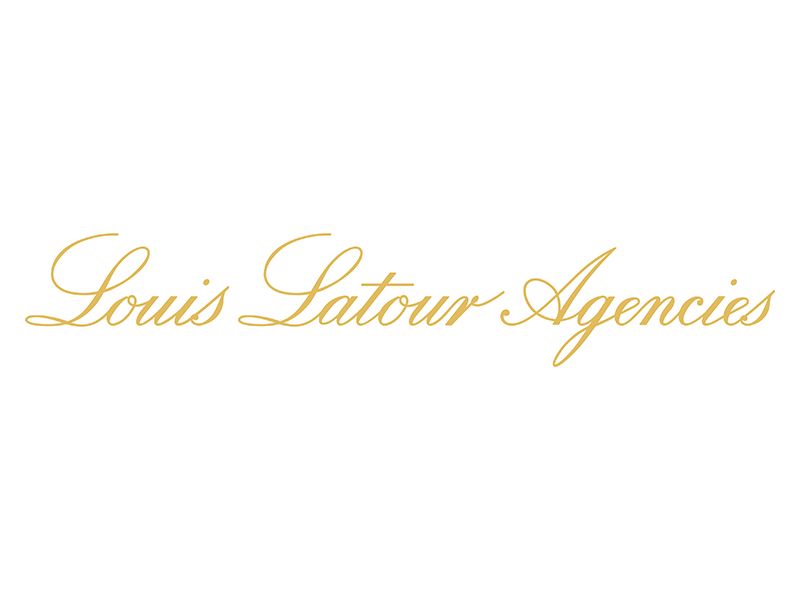Hallgarten Druitt and Novum’s Cape Crusaders was a smaller roadshow tasting that allowed us to catch up some old familiar names and make some new discoveries.
Last week’s Intrepid Wines of South Africa tasting in Tobacco Dock was almost certainly the best generic tasting of the year, showing traditional, long-established names alongside the new wave of young winemakers who are truly transforming things down on the Cape.
Winemakers and owners were happy to spend time to talk about what they were doing; the diverse range of wines they were showing was remarkable with white and red Rhone blends, Chenin Blanc, Shiraz and – yes – Pinotage all notable stand-outs. You truly feel this is a country that is undergoing a revolution in wine-making.
Yet after a few hours the enthusiasm inevitably fades: Sauvignon Blanc begins to taste like Chardonnay, you look at the clock and it dawns on you that you don’t even want to look at another bottle of wine. C’est la vie.
Which is why Hallgarten Druit and Novum’s two week Cape Crusaders roadshow was such a palate cleanser.
On Wednesday this week, at Langan’s restaurant in London, the roadshow was on its last lap. Many of the producers looked pretty shattered, it must be said, with at least one having to take to his bed with high fever. Others looked tired, but were still smiling – very much so.
“Its been a tough couple of weeks that’s for sure, especially with the main tasting and the Cape Winemakers Guild tasting at Berry Brothers which kicked all this off. I’m going to sleep well on that plane tomorrow,” smiled a buoyant Boela Gerber, winemaker at Groot Constantia, offering up tastings of the historic property’s famed Grand Constance desert wine.
This 100% sweet Muscat is deservedly world famous – Napoleon was amongst one of its many fans over the years – but to be honest, a lot of the other wines here deserved to be much better known.
Bird’s eye view
HDN’s genius was to use its Cape Crusaders roadshow to give a geographic overview of the Cape’s wine industry, and thus give tasters a bird-eye’s view of the key characteristics and differences. Although Paarl, Franschoek and Elgin were absent, each of most of the other main regions were represented by one producer: aside from Constantia, Stellenbosch (Ernst Gouws and Co), Swartland (Swartland Winery and The Three Foxes) and Durbanville (Bloemendal).
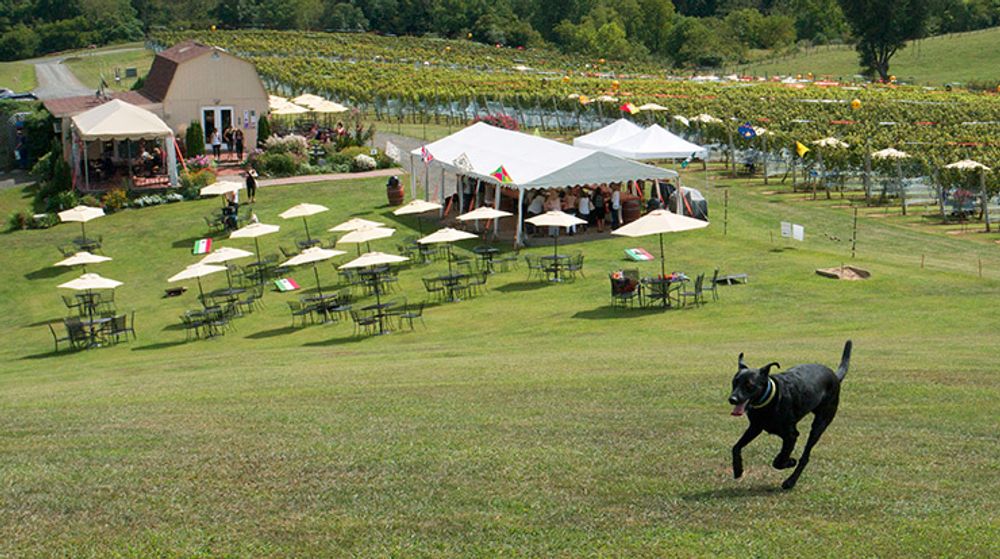
The tiny boutique winery, The Three Foxes
The Swartland wines were great. The Three Foxes is a tiny boutique winery set up by, amongst others, Chris Mullineaux which makes just 2000 bottles each of Gnarly White (a delicious blend of Clairette and Semillon) and Carignan with minimal intervention, including no fining or filtering.
The Swartland Winery offerings were also very appealing – and at a much lower price; seek out the Limited Release Rousanne 2015 and the Bush Vine Chenin Blanc 2015, both well made, rounded, moreish wines; amongst the reds, the Bush Vine Shiraz 2013 and Idelia 2001 – a Cape Blend comprising Shiraz, Pinotage and Cabernet Sauvignon – were standouts, well-made, full-bodied but with lots of character.
Like other Constantia producers, Groot Constantia’s big focus is on Sauvignon Blanc but unlike the others its terroir enables good reds to also be produced. Amongst Boela’s red offerings, which include a decent, quite restrained Pinotage and the famous Bordeaux-blend Gouverneurs Reserve (2012), his Shiraz was the most unexpected wine, more a Syrah style with good blackberry fruit but a restrained palate, lots of pepper and spice.
Amongst the other wines, honourable mention must go to Bloemendal’s Semillion 2013, a fresh, well-structured and at 12%, restrained example of this under-appreciated grape, almost Hunter Valley in style.
Breedekloof and Greyson – two ‘new’ regions
Yet the real stand outs for me came from two regions probably unfamiliar to most British drinkers of South African wine, Breedekloof and Greyton. The former, located near Worcester to the north east of Capetown, is best known for bulk wine with few serious producers inclined to go out this far.
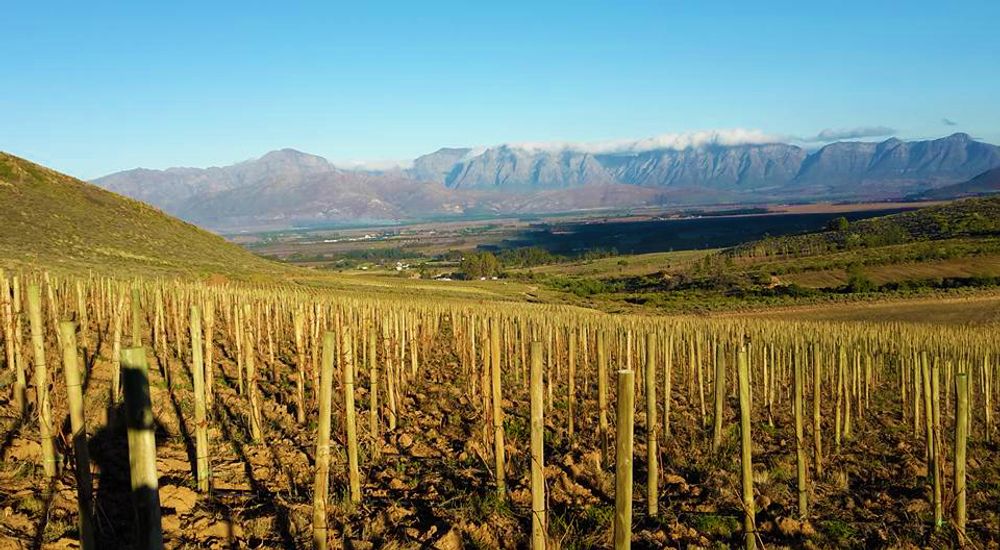
Vineyards at Olifantsberg
Except, that is, Paul Leeuwerik from the Netherlands; around 10 years ago they fell in love with a property and after a short while, much to their own surprise, found themselves making wine. Their winery, Olifantsberg now makes some 70,000 bottles a year, including a decent Chenin Blanc, a Rhone style Syrah and an excellent Pinotage, which has all the fully-charged chocolate and coffee characteristics you expect from this native wine.
The stand outs for me though were the Blanc (70& Rousanne, 20% Grenache Blanc and 10% Chardonnay) and another Rhone blend, a silky, sumptuous wine called Silhouette (mainly Syrah with some Carignan, Grenache and Mouvedre).
“The mainly schist soils here make this perfect for Rhone varietals,” says winemaker Elizma Visser, who took over at the winery last year. She says most of the vines planted are bush-vines which work well with the low yielding soil.
Under the radar
If you’d never heard of Bredekloof, it’s guaranteed you’ll have never heard of Greyton, in the Overberg, because there are just a tiny handful of wineries there.
“They pretty much named the wine region after I started up – I still can’t believe it,” says Samantha O’Keefe, a Californian who made her way here around 16 years ago with dreams of making wine that was pure and fresh and without many of the negative associations that can accompany Californian wine, including excessive new oak.
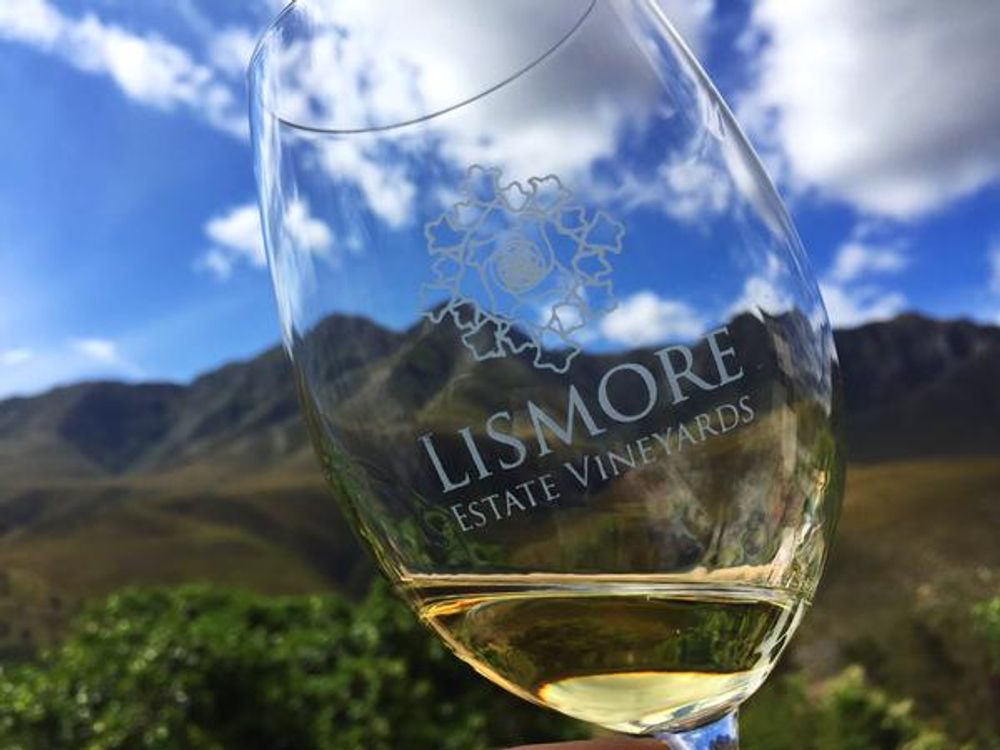
Wines from the Lismore Estate were just one of the highlights at Hallgarten’s tasting
With vines planted at 300 metres, Lismore Estate experiences big diurnal temperature swings that produce great cool climate wines. These include a perfectly balanced, very moreish Chardonnay, a barrel fermented Sauvignon Blanc (“the SB for people who don’t usually do SB”) two Viognier (including one, the Age of Grace Viognier, made from grapes grown in nearby Elgin: these two very distinct Viogniers make a great comparison of two very different terroirs), and a delicious and complex Syrah, quite full but still distinctly Rhone style.
“The biggest problem is that baboons love the grapes and eat them whilst we are harvesting the white wines. I nearly pulled up these vines after 2014, but after Robert Parker’s Wine Advocate included it amongst its Top 50 wines of 2015 decided I couldn’t.”
Just as well. The story of the Lismore Estate – started by a passionate winemaker determined to do her own thing, even in a region not normally associated with wine-making, then going onto make truly characterful world class wines out of some of the best and most interesting grape varieties – is South Africa’s recent wine history in miniature.
As HDN’s Cape Crusaders tastings have demonstrated – and as Intrepid South Africa amply demonstrated last week – this is the world’s most beguiling wine region right now. Bar none.
